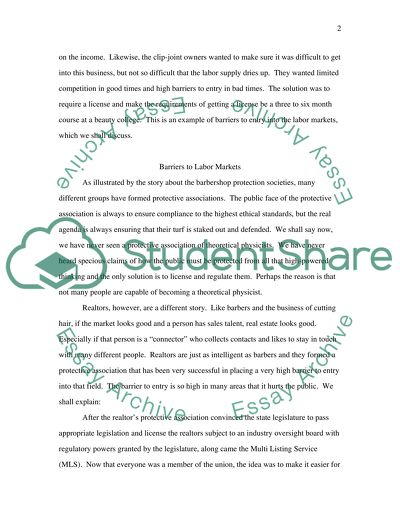Cite this document
(“What causes market monopoly Essay Example | Topics and Well Written Essays - 2500 words”, n.d.)
Retrieved from https://studentshare.org/environmental-studies/1413840-what-causes-market-monopoly
Retrieved from https://studentshare.org/environmental-studies/1413840-what-causes-market-monopoly
(What Causes Market Monopoly Essay Example | Topics and Well Written Essays - 2500 Words)
https://studentshare.org/environmental-studies/1413840-what-causes-market-monopoly.
https://studentshare.org/environmental-studies/1413840-what-causes-market-monopoly.
“What Causes Market Monopoly Essay Example | Topics and Well Written Essays - 2500 Words”, n.d. https://studentshare.org/environmental-studies/1413840-what-causes-market-monopoly.


